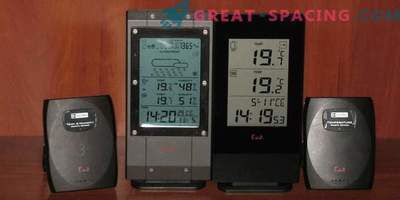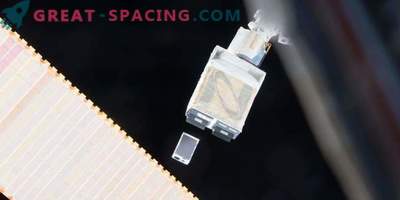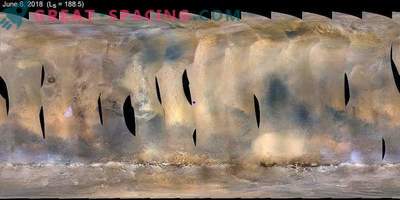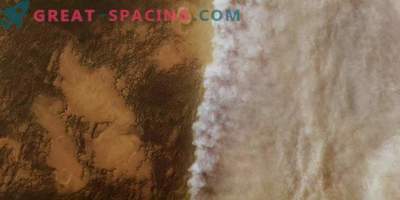
It seems that the storms are getting bigger, but the instruments that research them are noticeably decreasing. NASA is testing tiny shoe box-sized satellites to monitor global storms. The RainCube satellite looks rather small, sending radar signals to the storm in order to better understand the weather.
Using RainCube, Jet Propulsion Laboratory, NASA wants to test fast, low-cost research technology. The idea is that mini-satellites hovering in “flocks” are able to provide more frequent views in real time within storms, tracking the movements of rain, snow, hail, etc.
RainCube weighs about 12 kg. Its antenna is shaped like an umbrella and covers 50 cm. It sends specialized radar signals to the curtain layers. They fight off raindrops and send a snapshot from inside the event. Radar systems are usually large, but engineers have managed to reduce the size and weight to match the parameters of the CubeSat. Smaller size provides less energy consumption. NASA first launched the RainCube with the ISS in July for a two-month test mission. On September 25, the agency reported that it successfully received the first shots of the storm over Mexico in August. In September, they also captured the first fallout from Hurricane Florence. These satellites will be an important addition to weather studies, as they provide a more comprehensive overview of what is happening inside the storm. It is here that the main processes that create the storm, such as growth and decay, are carried out.











































